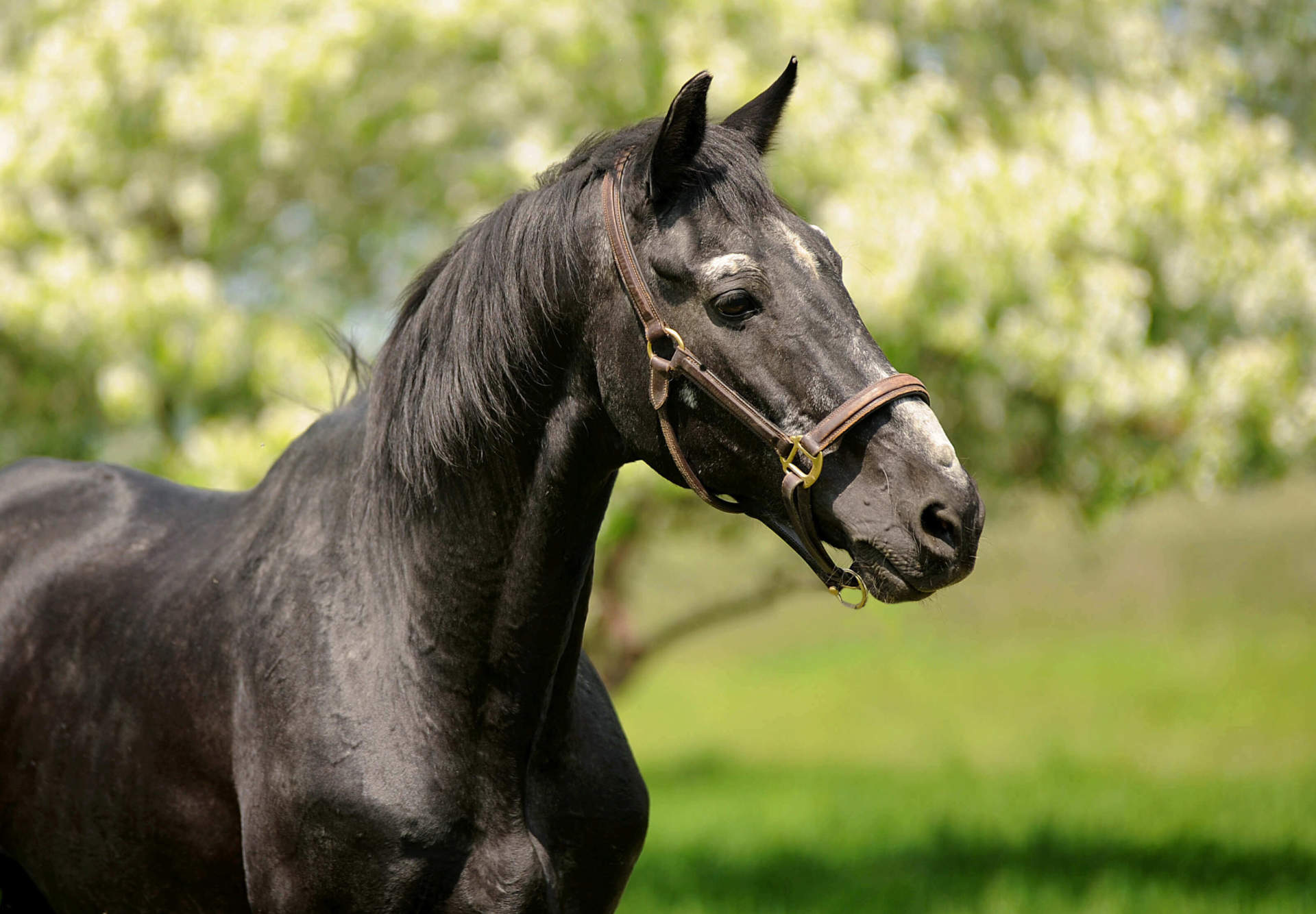The Cecum: Key to Your Horse’s Digestive Health
Despite the fact that the cecum is one of the most important parts of a horse’s digestive system, most horse owners ignore (or don’t fully understand the functions of) it until their horse shows signs of upset.
What is the Cecum?
The equine cecum is a large muscular sac located at the junction of the small and large intestines. The ileum, or last part of the small intestine, enters into this large organ, which can hold up to 8 gallons of material. The cecum takes up much of the right half of the abdomen, reaching from the pelvic inlet to way up along the rib cage.
The equine cecum serves as a storage site for water and electrolytes. Fiber consumption can increase water consumption, and the extra water is held in the cecum until absorption. The additional water adds some weight to your horse, but it helps replace crucial electrolytes lost from heavy sweating.
How Food Digests
The ileum expels food material into the cecum, using contractions and vascular distension to prevent any backflow. Movement of cecal contents back into the ileum can contribute to colic. Material enters the cecal sac and does not flow through but is churned, worked and fermented until it is ready to move on. In fact, food may be processed in the cecum for seven hours or more. Then, it is worked back up to the top of the sac and out a second opening into the large colon.
As with cows and other herbivores, horses need some extra help to digest much of the forage and fiber they eat. Pancreatic enzymes just don’t cut it when it comes to digesting many types of forage. Instead, veritable legions of microbial assistants help to break down cellulose. While bacteria are the mainstay of this hardworking group, there are also protozoa and even some fungi involved.
Cecal pH and Bacteria
Because the cecum is essentially a large fermentation vat, the correct pH, or measure of acidity, is important. The normal pH of the cecum is 6.6, which is just slightly acidic. In contrast, other parts of the stomach have a pH of 2.6, which is very acidic. The microbial population in the cecum is very sensitive to changes in pH; a drastic change can kill off many of the normal bacterial florae and allow others to flourish.
Generally, three weeks are needed for the microbial population to adjust to a change in diet, which affects pH. When your horse gets into the grain barrel and overeats, there is a sharp, acute drop in pH, which kills off normal bacterial florae. Loss of these normal, helpful bacteria can lead to an overgrowth of harmful bacteria, which are better at handling this pH change. Excess gas may be produced or a more serious effect may occur. As these bacteria die, they release endotoxins that enter the bloodstream and can cause severe issues with your horse.
Even a planned change from an all- or mostly forage diet to a fair amount of grain will cause a shift in cecal bacteria and pH. If your horse needs more grain, ideally give multiple small feedings per day and make sure that your horse always has forage available. Diet changes should be performed gradually.
Another situation that can influence the cecal bacterial population is the use of antibiotics, especially oral antibiotics. If your horse requires antibiotics, your veterinarian may suggest a digestive supplement, which helps to restore and maintain normal microflorae.
In addition to aiding in digestion, cecal microbes do other work as well. Much of your horse’s supply of B and K vitamins comes from the cecum. He gains protein from the digestion of some of the bacteria, adding to his required amino acids. Energy is also produced in the cecum in the form of volatile fatty acids.
Disruption of Cecal Health
Cecal distresses, which are generally related to disruption of the microbial population, tend to develop slowly over a period of days and are most readily diagnosed by palpation. Because there is no set of acute signs, cecal disturbances may be missed by owners until the cecum is close to the point of rupture. It is important to monitor your horse’s manure output and feed intake daily to catch gastrointestinal upsets early. Medical treatment by veterinarians may involve fluids and laxatives to keep the horse hydrated and hopefully break up the blockage. If surgery is required, the prognosis will diminish.
Overall Cecal Health
There are a few things that as a horse owner you can do to promote good digestive health with flourishing cecal microflorae in your horse.
- Provide your horse with plenty of good-quality forage and clean, fresh water
- Discuss digestive health supplementation with your veterinarian if your horse needs antibiotics
- Perform diet changes gradually
- Skew his diet toward forage over concentrates
E-mail Signup
Sign up for our newsletter to get helpful horse care tips, product updates, special offers and more.
Subscribe

